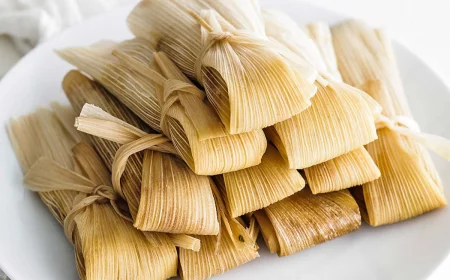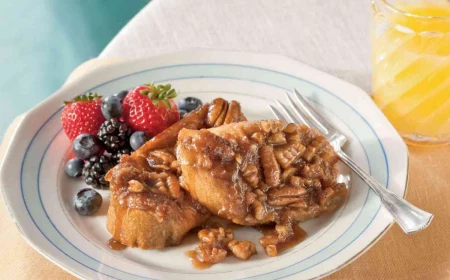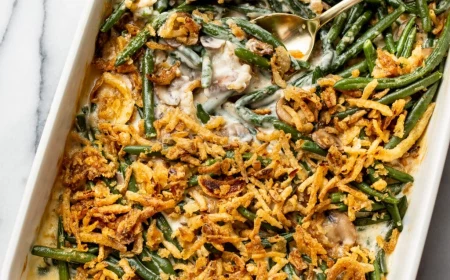Honestly, Your Oatmeal Could Be Better. Here’s How.
For most of my life, I thought oatmeal was just a gray, watery paste. You know, the kind of stuff you’re forced to eat when you’re on a bland diet. That all changed on a trip abroad when I stayed at a tiny guesthouse. The woman running the place made a morning porridge that was, frankly, life-changing. It was nutty, creamy, and had this incredible texture. It wasn’t mush; it was a real, satisfying meal.
In this article
That one bowl sent me down a rabbit hole. I became obsessed with understanding this humble grain. I’ve spent years working with food pros, talking to grain experts, and teaching others how to unlock the true potential of the oat. My goal here is simple: to help you get past those sad instant packets and discover how amazing oatmeal can actually be.
Decoding the Cereal Aisle: A Guide to Oat Types
Walking down the cereal aisle can feel a bit overwhelming. You’ve got boxes labeled steel-cut, rolled, quick-cooking… what’s the difference, right? Well, it all comes down to how the oat is processed, and that single factor changes everything—from texture and cooking time to how your body even uses the energy.
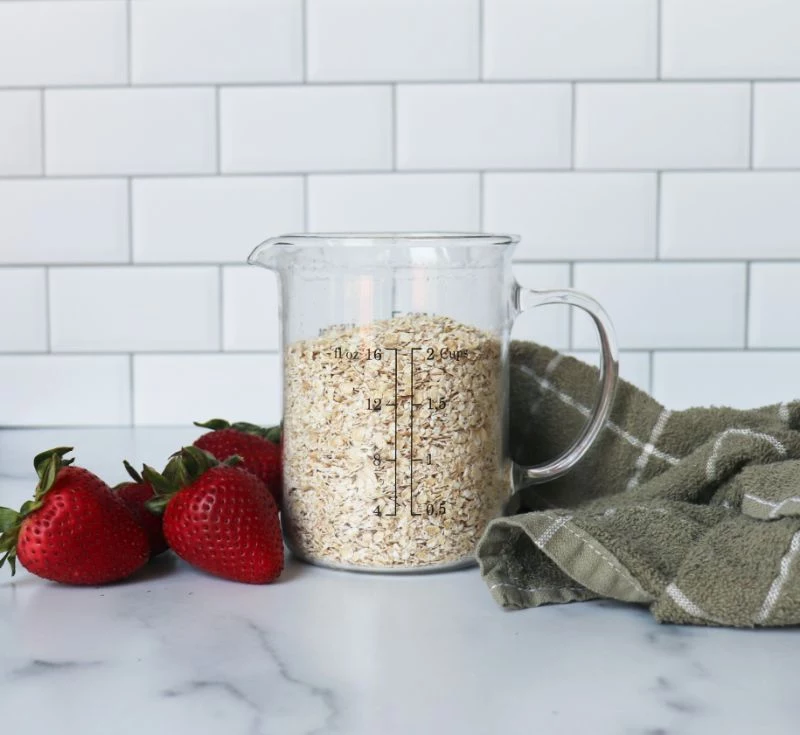
First things first: every oat starts as a whole “oat groat.” This is the complete kernel with just the tough, inedible husk removed. It’s got all the good stuff—the fiber, the vitamins, the minerals. You can cook these whole, but be prepared to wait… it can take close to an hour.
That’s why we have these other options:
- Steel-Cut Oats (or Irish Oats): Picture that whole groat being chopped into a few smaller pieces by steel blades. That’s it. Because they’re so dense, they digest slowly, giving you steady, long-lasting energy. They have a fantastic chewy, nutty texture where you can feel the individual grains. They take about 20-30 minutes on the stove, making them perfect for a hearty porridge or slow-cooker recipes. Heads up: they’re usually a bit pricier than rolled oats, often running you $4 to $6 for a canister.
- Rolled Oats (or Old-Fashioned Oats): This is your classic, all-purpose oat. The groats are steamed to soften them and then pressed flat with big rollers. That pre-steaming means they cook up much faster, usually in 5-10 minutes. The texture is softer and creamier than steel-cut, but they still hold their shape. This is my go-to for just about everything: porridge, cookies, granola, you name it. They’re also the most budget-friendly, typically $2 to $4 a container, and even cheaper if you buy from bulk bins at a place like Sprouts or a local health food store.
- Quick-Cooking Oats: These are basically rolled oats that have been rolled even thinner and sometimes chopped into smaller pieces. They cook in just 1-3 minutes. The trade-off? You lose almost all of the texture, and they can end up pretty mushy. Your body also burns through them faster.
- Instant Oats: The most processed of the bunch. They’re pre-cooked, dried, and rolled paper-thin. These are the ones you find in those little packets, often loaded with sugar and artificial flavors. If you must use them, try to find a brand with zero added sugar.
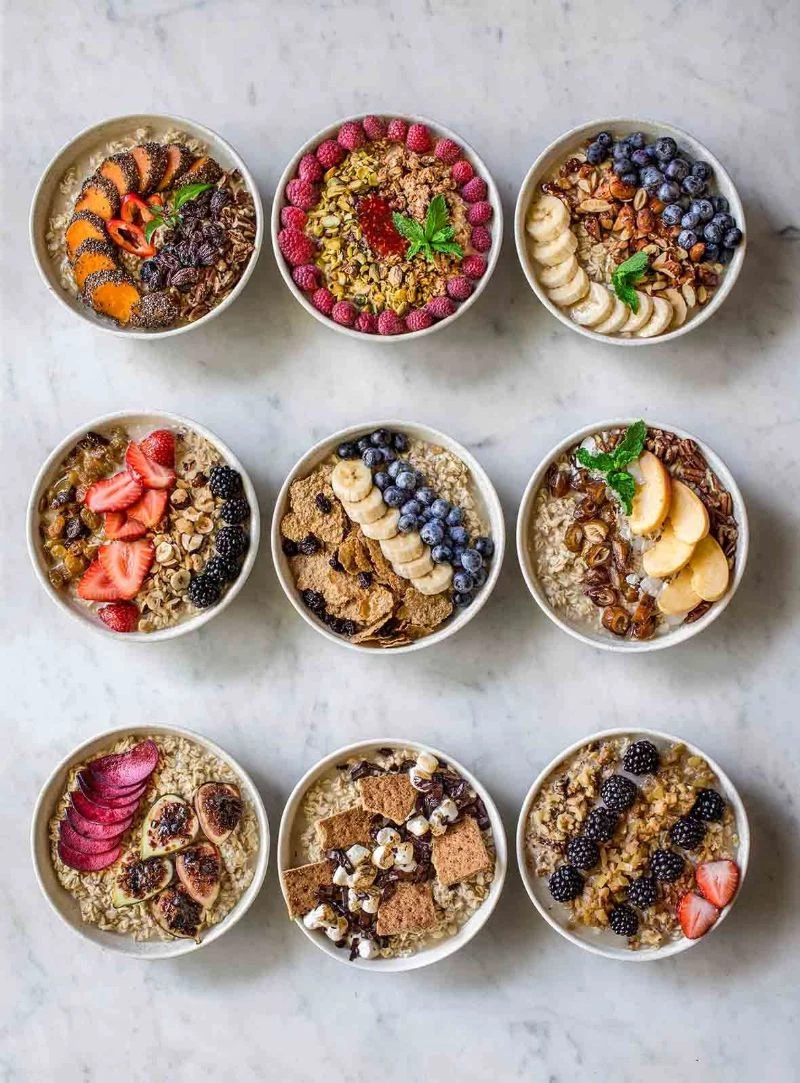
The Real Reason Oats Are a Health Superstar
People throw the word “healthy” around a lot, but with oats, there’s some real science behind it. The magic ingredient is a special type of soluble fiber called beta-glucan. When you add liquid to your oats, this fiber forms a thick gel in your gut, and that gel is where the benefits come from.
For one, it’s great for heart health. This gel traps bile acids (which your body makes from cholesterol) and carries them out of your system. Your liver then has to pull more cholesterol from your blood to make new bile acids, which helps lower your overall cholesterol numbers. It’s a pretty neat trick.
That same gel also slows down digestion. This prevents the sharp spikes and crashes in blood sugar you get from processed breakfast cereals. It means more stable energy for you. For this benefit, steel-cut and rolled oats are definitely the way to go.
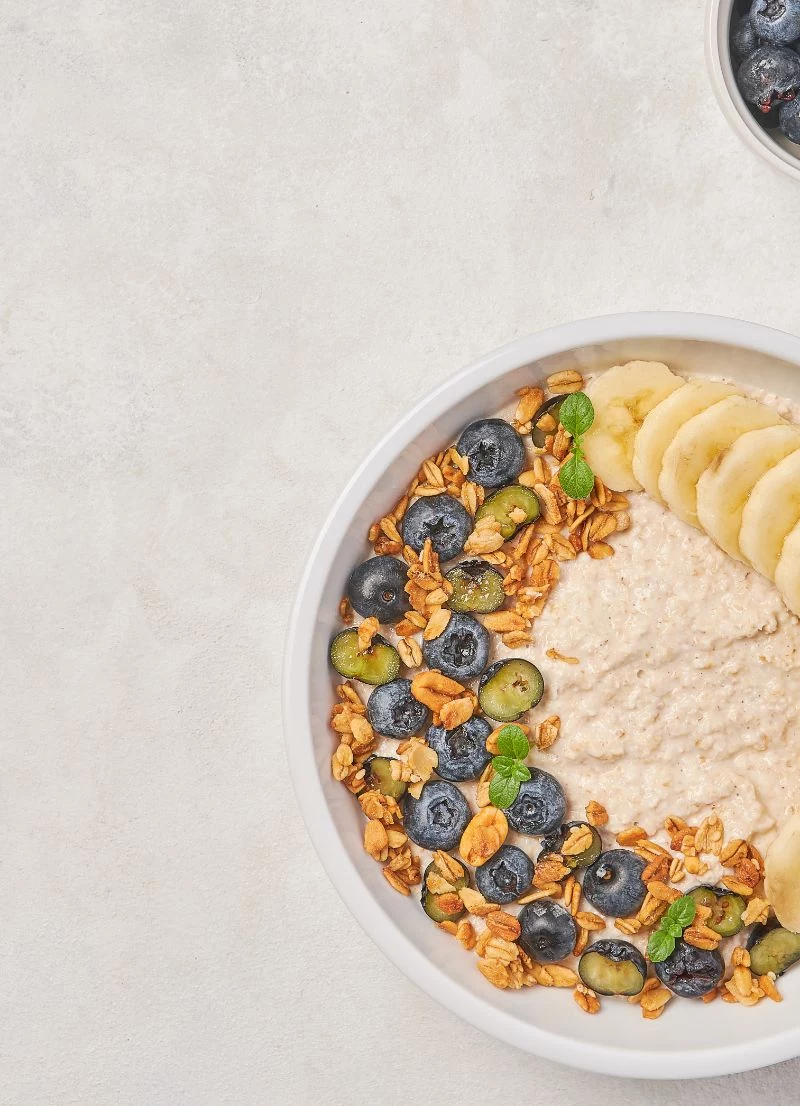
Oh yeah, and oats have a unique antioxidant group called avenanthramides. Research suggests they help reduce inflammation and can even improve blood flow. It’s one of those quiet, behind-the-scenes benefits.
What About the Protein?
A half-cup serving of dry rolled oats is packed with minerals like manganese, phosphorus, and iron. And while oats do have more protein than most other grains, let’s be realistic. They aren’t a complete protein source on their own. To make your breakfast truly balanced and keep you full longer, always pair your oatmeal with a good protein source—think nuts, seeds, a scoop of Greek yogurt, or making it with milk instead of water.
Pro Techniques for Oatmeal That Doesn’t Suck
Okay, this is where we separate the memorable bowls from the forgettable mush. These simple techniques will completely change your oatmeal game.
1. Toast Your Oats First. Seriously.
This is the single biggest upgrade you can make. Before adding any liquid, throw your dry oats (steel-cut or rolled) into the saucepan over medium heat. Stir them around for a few minutes until you smell a warm, nutty, almost cookie-like aroma. This awakens the natural oils in the grain and adds a huge layer of flavor. For an even richer taste, toast them in a teaspoon of butter or coconut oil.
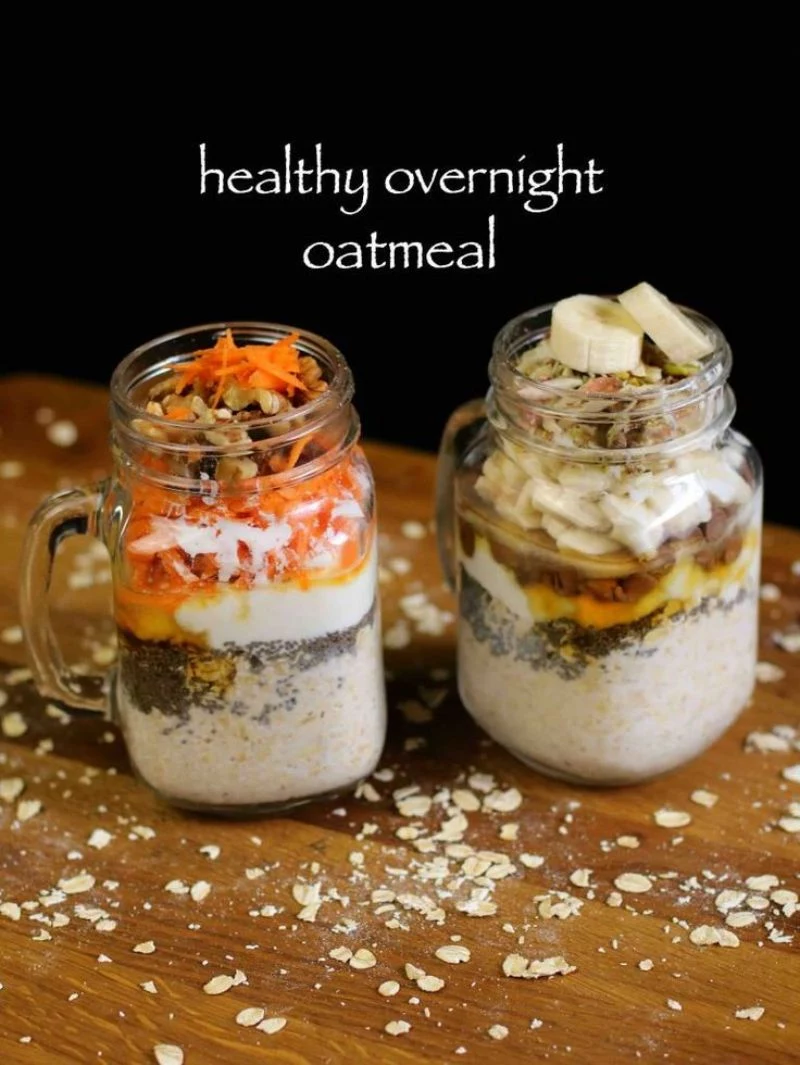
2. For the Love of Flavor, Add Salt.
So many people skip this, and it’s a huge mistake. A small pinch of salt won’t make your oatmeal salty; it will balance the entire dish and bring out the oat’s natural sweetness. A good rule of thumb is about 1/4 teaspoon of fine sea salt per 1 cup of dry oats. Add it with the liquid.
3. To Stir, or Not to Stir?
How you stir directly impacts the final texture. Stirring breaks down starches, making things creamier.
– For Creamy Oatmeal (Rolled Oats): Stir frequently as it cooks.
– For Textured Oatmeal (Steel-Cut): Stir only once or twice, just to keep it from sticking. I once had an assistant stir a huge batch of steel-cut oats like it was risotto, and we ended up with a pot of glue. A great lesson in respecting the oat!
4. The Soaking Shortcut
Soaking oats overnight, especially steel-cut, does two things: it cuts the cooking time in half and makes them a bit more digestible by breaking down something called phytic acid. Just cover the oats in water in the fridge. Quick tip: add about one teaspoon of lemon juice or apple cider vinegar to the soaking water to enhance the process.
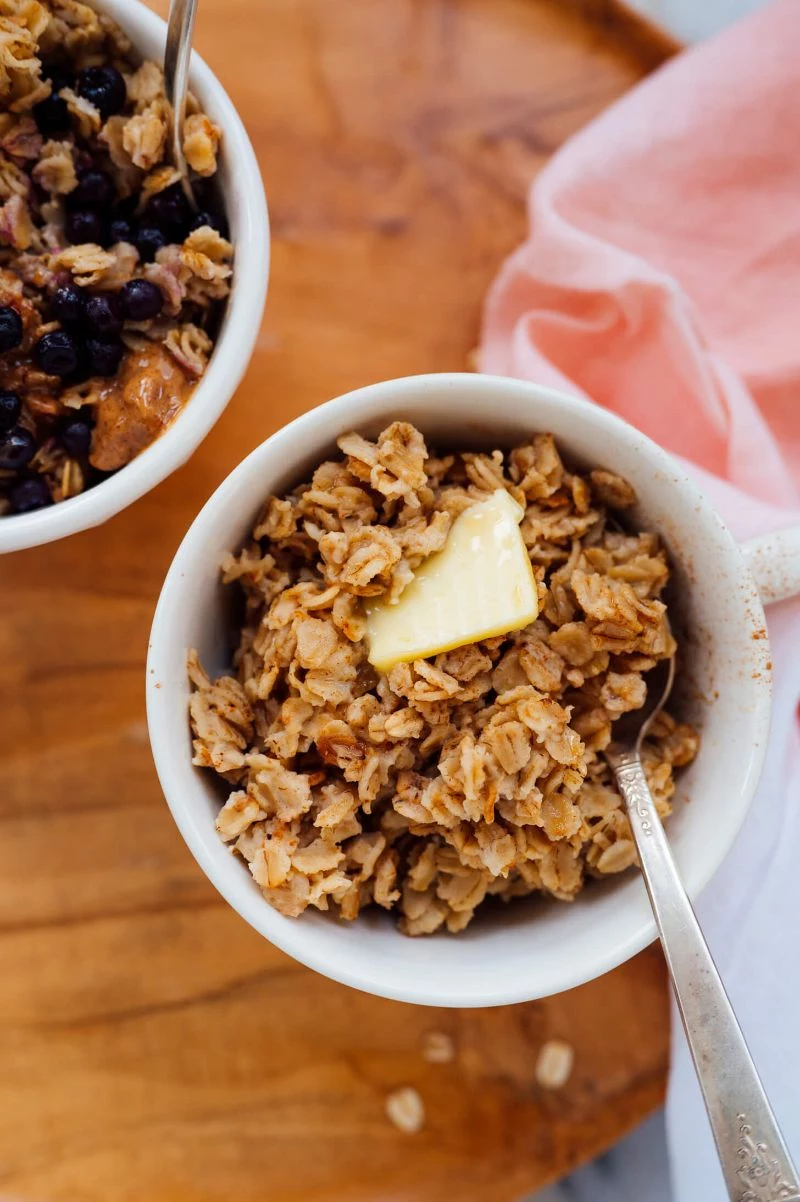
Let’s Get Cooking: Recipes and Real-World Methods
The 10-Minute Perfect Stovetop Oatmeal
This is your go-to for a classic bowl of rolled oats.
- 1/2 cup old-fashioned rolled oats
- 1 cup liquid (water, milk, or a 50/50 mix)
- Pinch of fine sea salt
- Optional: 1 tsp butter or coconut oil for toasting
First, toast the oats in the butter (if using) for a couple of minutes until they smell amazing. Then, pour in the liquid and salt, bring it to a simmer, and turn the heat to low. Cook for 5-7 minutes, stirring often for creaminess. Let it sit for 2 minutes off the heat before serving. Done.
The Microwave Method (Because We’re All Busy)
Yes, you can absolutely make great oatmeal in the microwave! The key is to prevent the dreaded boil-over. For one serving, combine 1/2 cup of rolled oats with 1 cup of liquid and a pinch of salt in a large, deep bowl—seriously, use a bigger bowl than you think you need. Microwave on high for 2-3 minutes, stopping to stir halfway through. Let it stand for a minute before eating.
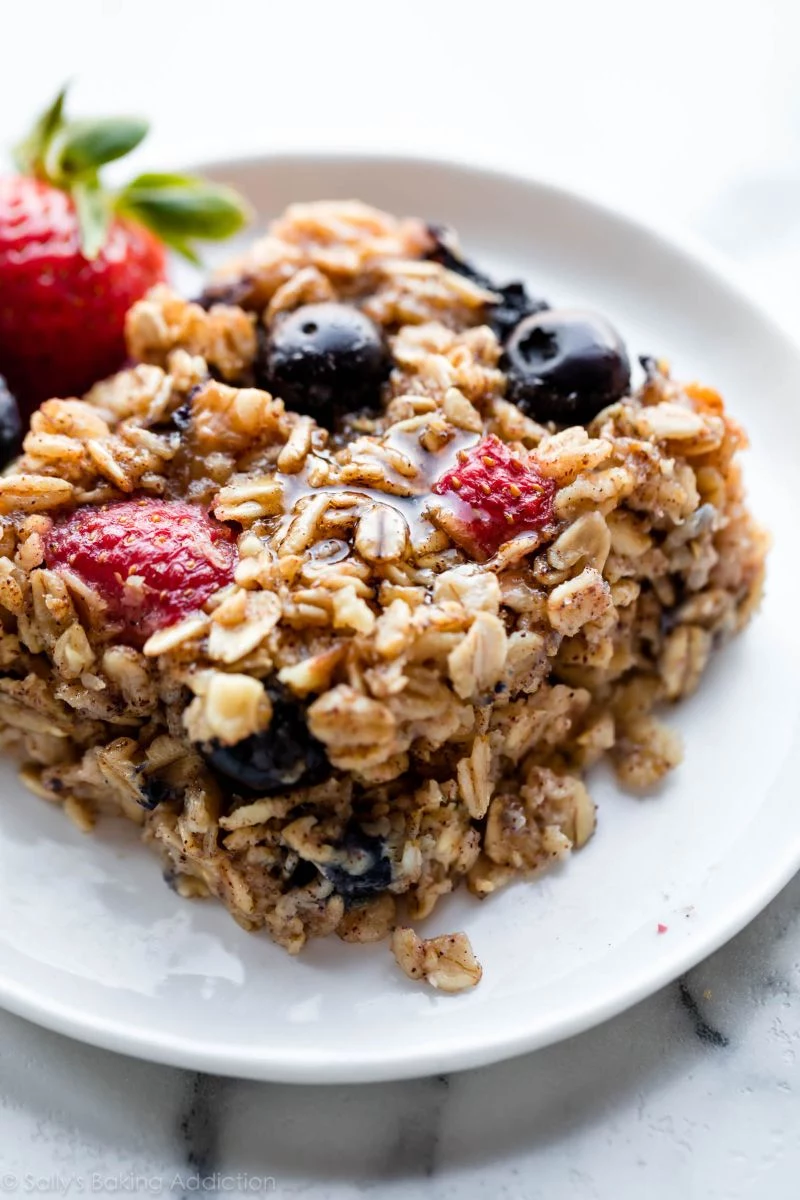
Foolproof Slow Cooker Steel-Cut Oats
This is perfect for waking up to a ready-made breakfast. It makes about 4 servings and is best in a 3 or 4-quart slow cooker. If you use a giant 8-quart model, the oats might burn.
- 1 cup steel-cut oats
- 4 cups liquid (I like 2 cups water and 2 cups milk for extra creaminess)
- 1/4 tsp fine sea salt
- 1 tbsp butter or coconut oil
Rub the inside of the slow cooker with the butter—this is a critical step to prevent sticking! Then, dump everything else in, stir, and cook on low for 7-8 hours overnight. Don’t use the high setting. Just stir and serve in the morning.
Meal Prep & The Freezer Trick
From my experience, batch-cooking oatmeal is a lifesaver. You can make a big pot of steel-cut or rolled oats and keep it in the fridge for up to 5 days. Just reheat with a splash of milk.
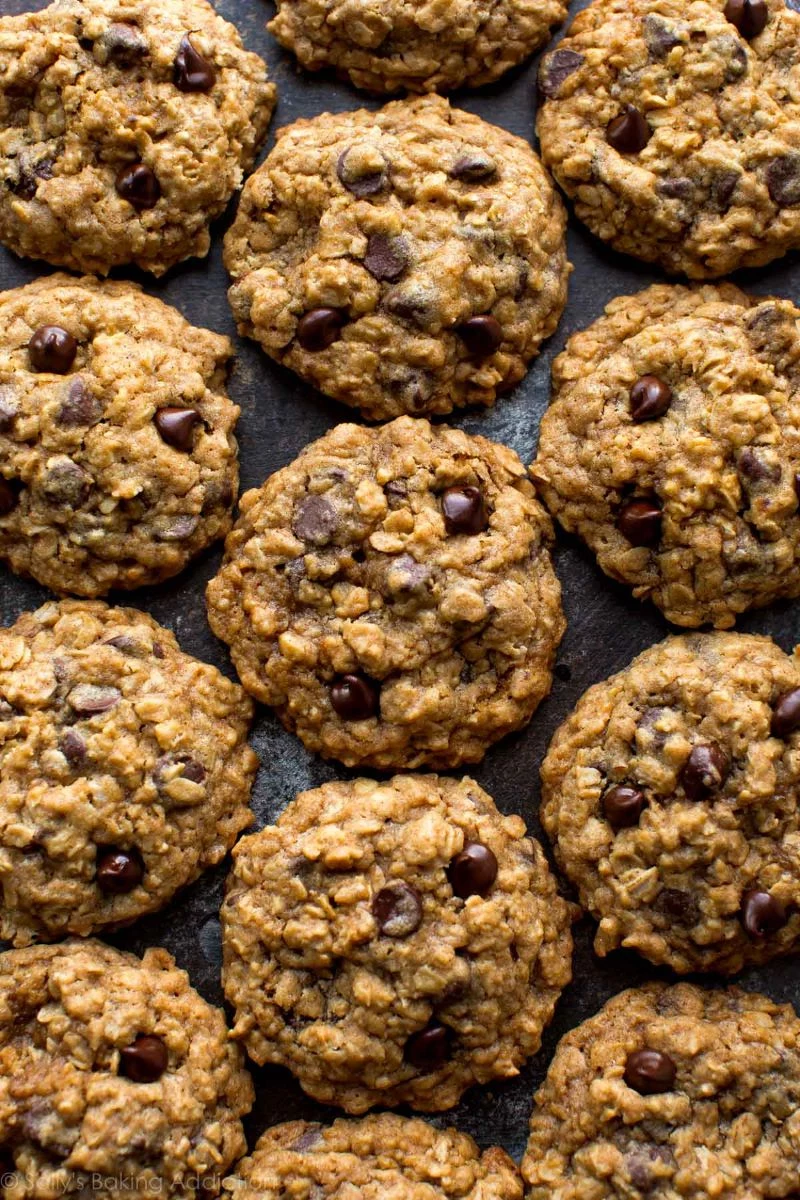
But here’s a lesser-known trick: freeze it! Portion cooked oatmeal into a muffin tin, freeze until solid, then pop the oatmeal pucks into a freezer bag. Two of those in a bowl with a splash of milk, microwaved for 90 seconds, and you have a perfect breakfast.
The Important Stuff: Toppings, Safety, and Storage
A Word on Toppings (and Calories)
It’s incredibly easy to turn a healthy breakfast into a sugar bomb. A standard serving of dry oats is only about 150 calories, but the toppings can add up fast. Be mindful! – A balanced bowl: Might include 1 tbsp of almond butter (about 95 calories) and 1/2 cup of berries (about 40 calories). Great additions on a budget are a sliced banana and a sprinkle of cinnamon. – A dessert bowl: Could easily top 500 calories with 3 tbsp of brown sugar, a handful of chocolate chips, and candied nuts. Delicious, but let’s call it what it is!
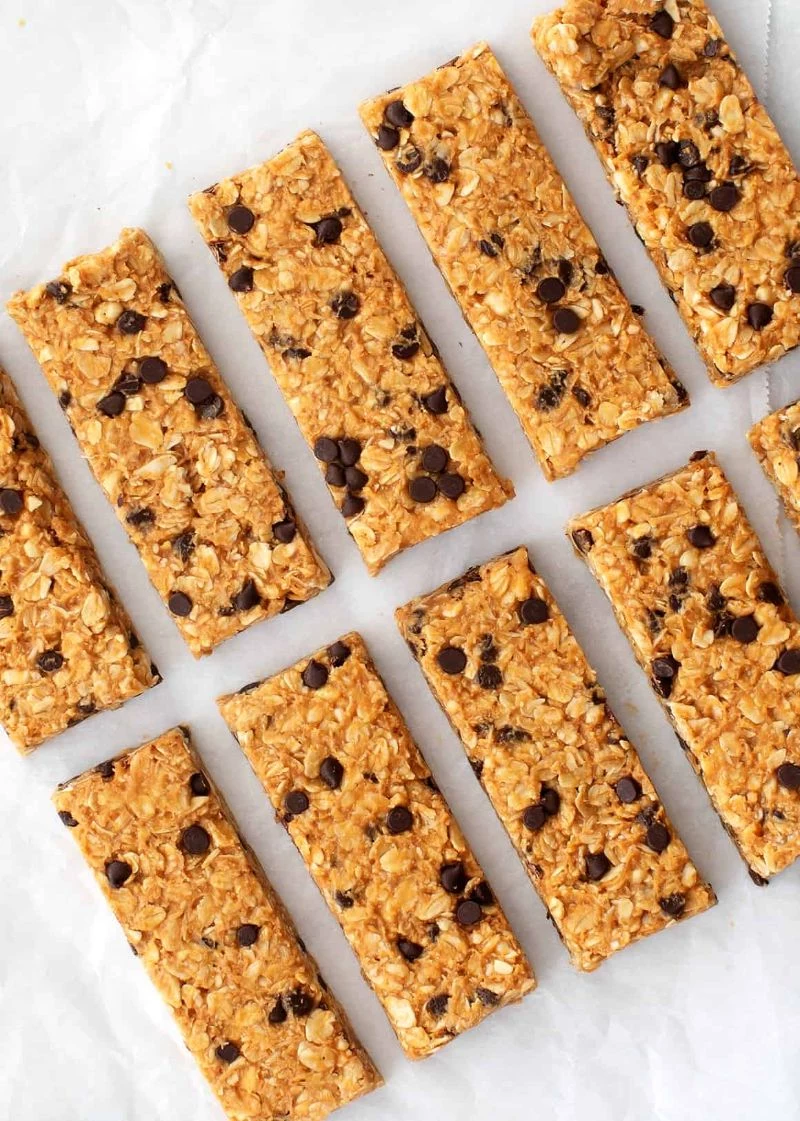
The Gluten Contamination Issue
This is a big one. Oats are naturally gluten-free. However, they are almost always grown and processed using the same equipment as wheat and barley, leading to cross-contamination. For most people, this isn’t an issue. But if you have celiac disease or a serious gluten sensitivity, you MUST buy oats that are explicitly labeled “certified gluten-free.” This label is your guarantee that they’ve been handled safely from field to package.
Storing Your Oats
Oats contain natural fats that can go rancid. Store them in an airtight container in a cool, dark pantry. Clear containers on the counter look nice, but the light isn’t great for them. The best way to check for freshness? Your nose. Fresh oats have a mild, pleasant smell. If they smell sharp or bitter, it’s time to toss them.
So, here’s my challenge to you: The next time you make oatmeal, just try toasting the dry oats in the pot first. That’s it. I promise, once you smell that nutty aroma, you’ll never go back to just dumping them in with the water. Enjoy your breakfast!
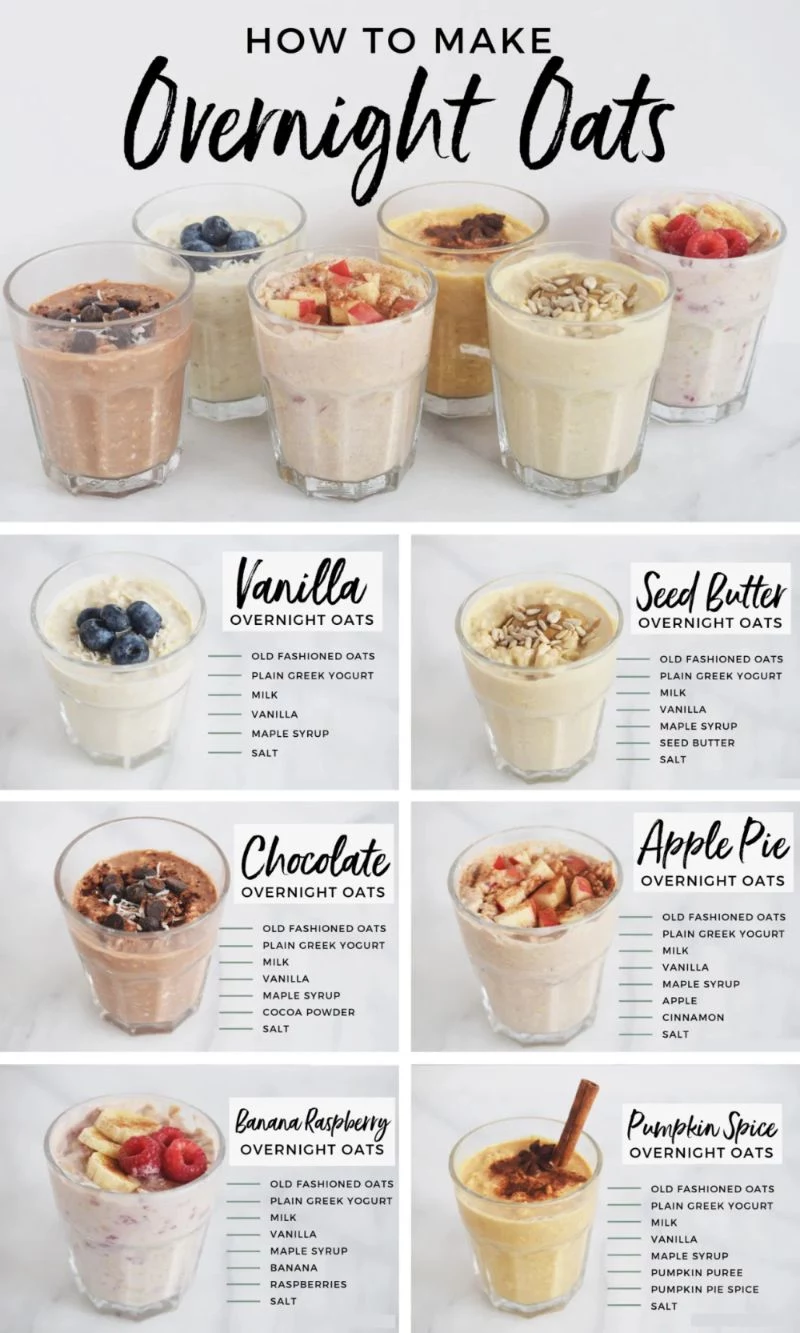
Inspirational Gallery
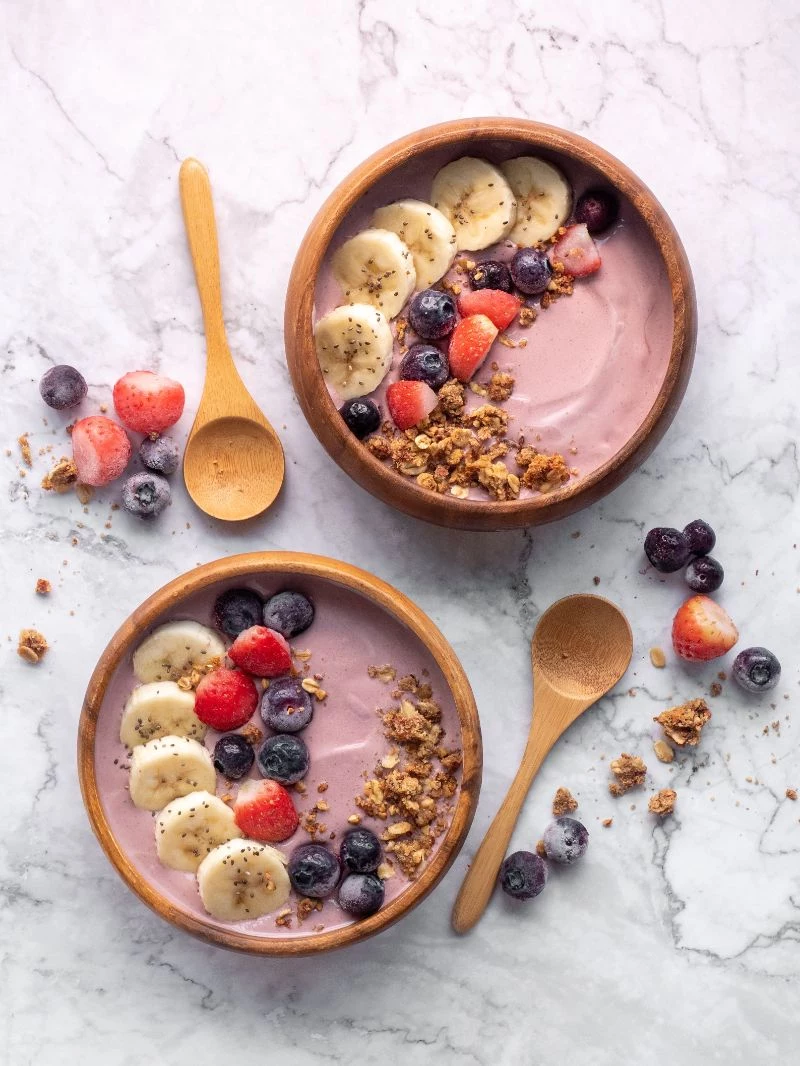
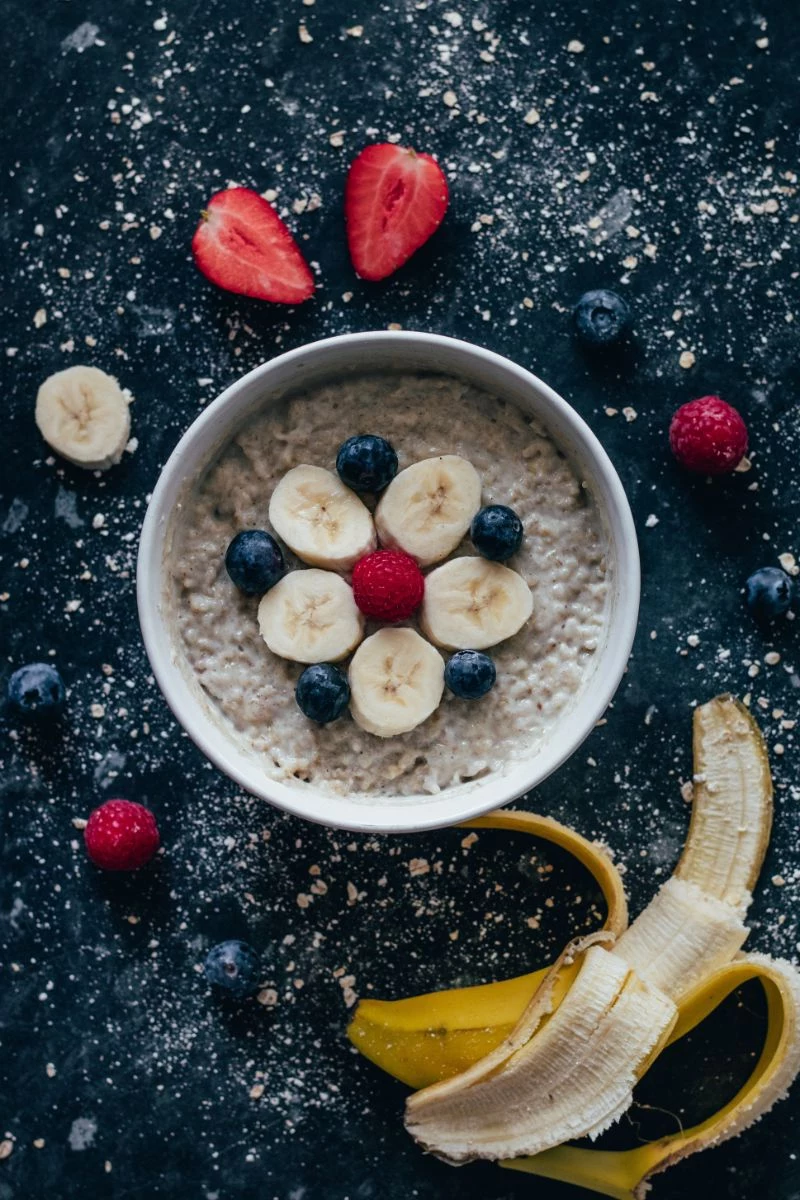
The texture trick is in the liquid: The choice of liquid fundamentally changes your oatmeal. For a rich, decadent creaminess, whole milk is unbeatable. For a lighter but still creamy result with a hint of nuttiness, try a quality almond milk. But for the ultimate creamy, vegan bowl, use an oat milk like Oatly’s Barista Edition; it enhances the natural flavor and creates a velvety smooth finish.
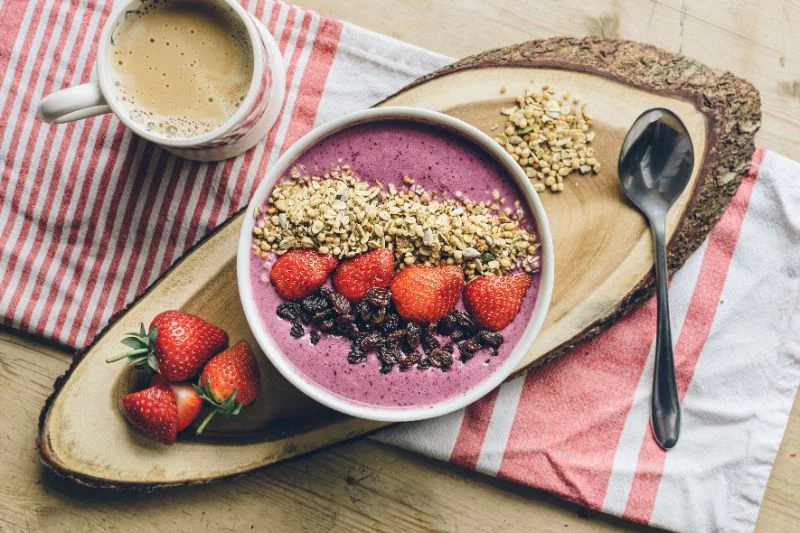
A study in the Journal of the American College of Nutrition found that oatmeal eaters reported greater feelings of fullness and had less desire to eat for hours afterward compared to those who ate a calorie-equivalent amount of ready-to-eat cereal.
This is the power of soluble fiber. It’s not just about feeling full; it’s about sustained energy that prevents the mid-morning crash and a rush for sugary snacks.
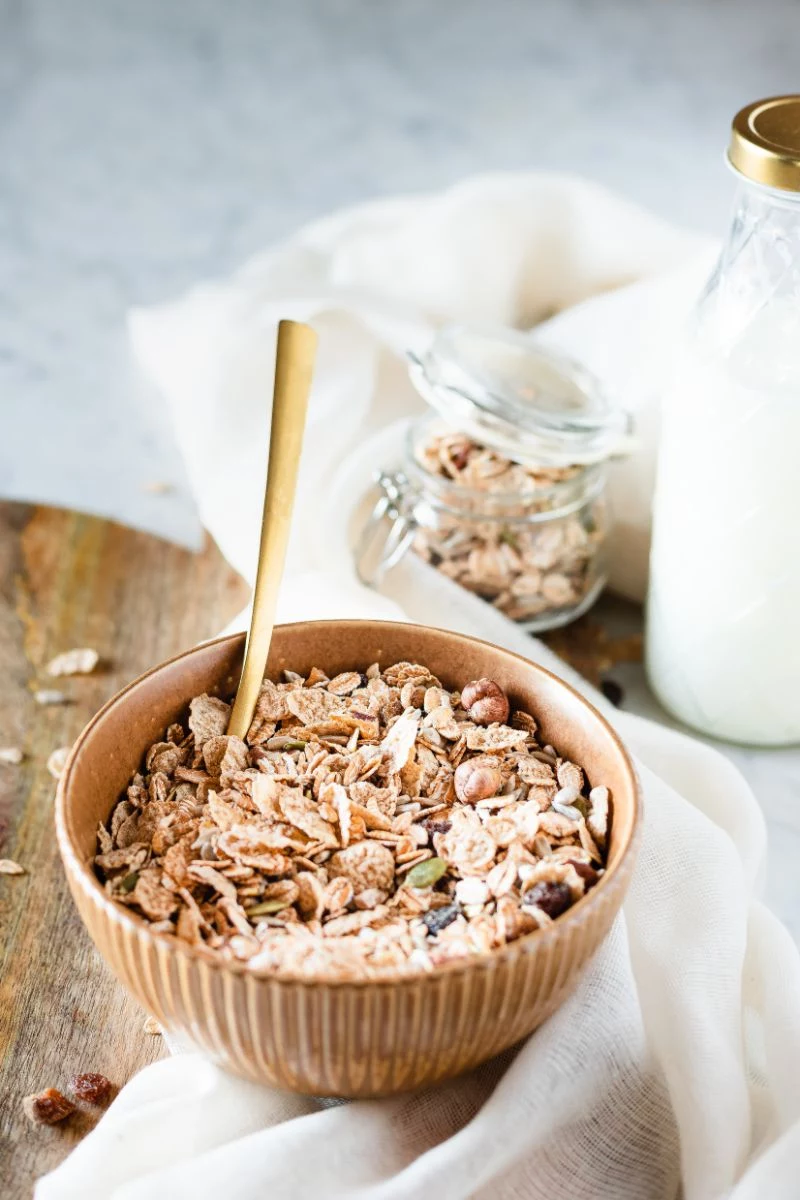
Take a cue from Scandinavia and add a
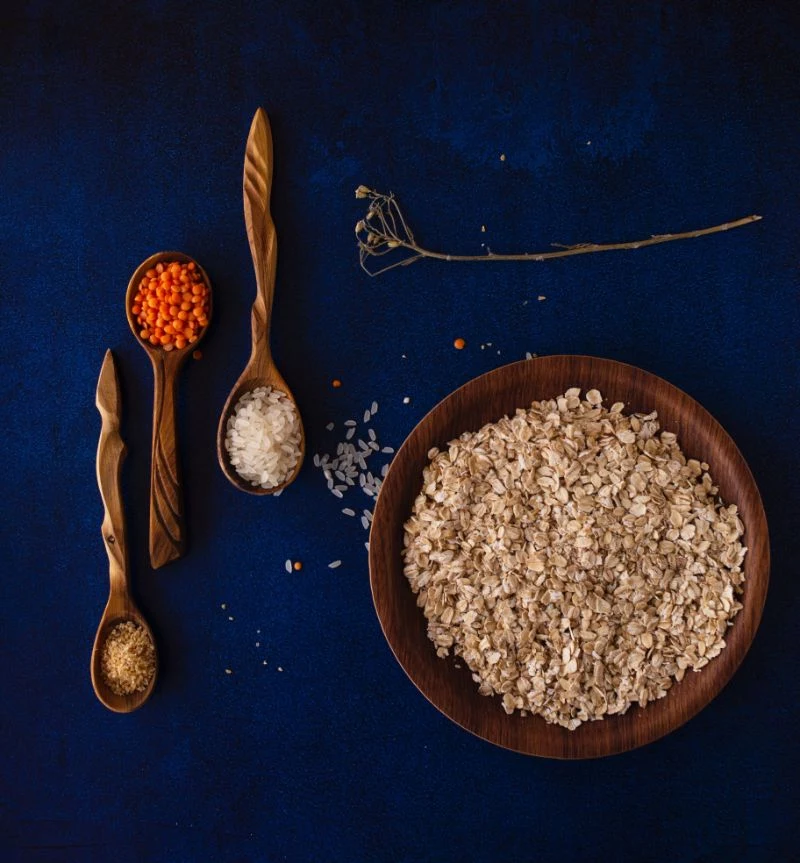
Tired of sweet? Go savory.
Think of your oats as a base for a hearty grain bowl. Cook them in chicken or vegetable broth instead of water, and then load on the toppings. A fried egg, a splash of soy sauce, a drizzle of chili crisp, sliced avocado, and fresh scallions can transform your breakfast into a deeply satisfying, umami-packed meal.
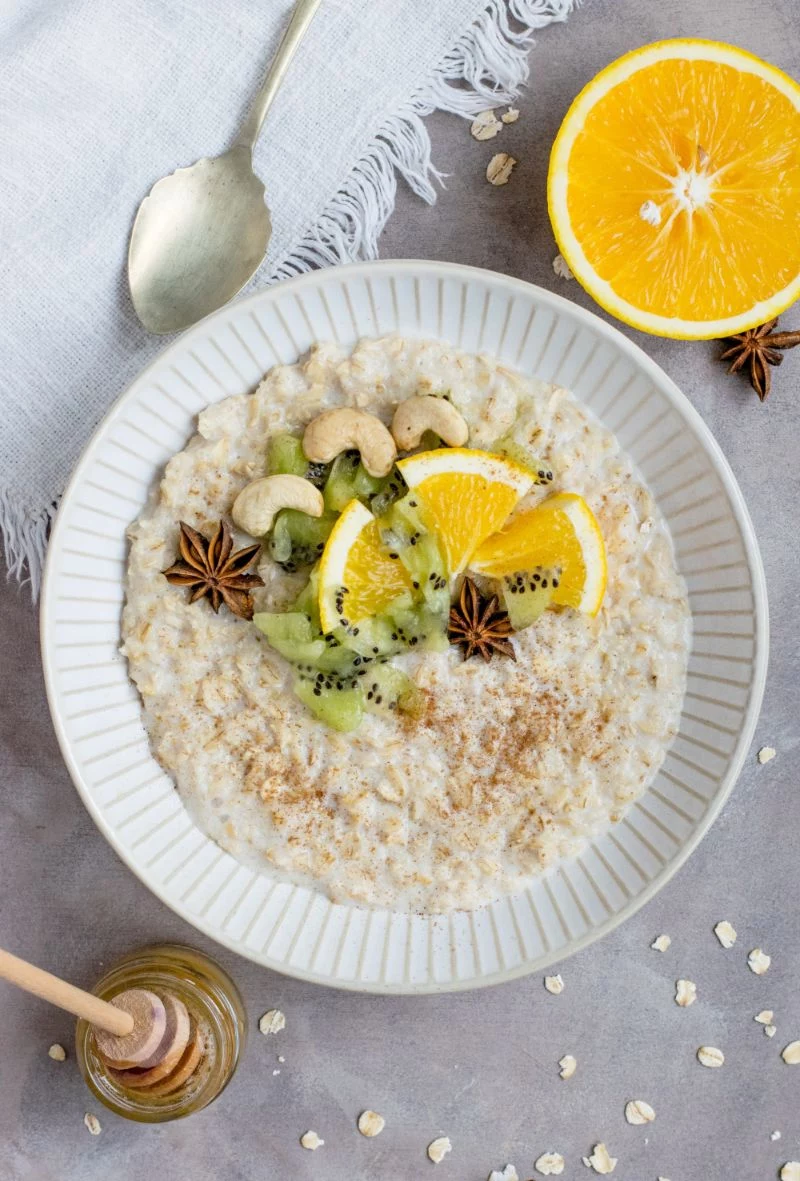
- Achieves a velvety, rich texture without any dairy.
- Adds natural sweetness, reducing the need for refined sugar or syrup.
- Boosts the potassium content of your breakfast.
The secret? Mash half a ripe banana and stir it into your oatmeal during the last minute of cooking. It dissolves almost completely, transforming the entire bowl.
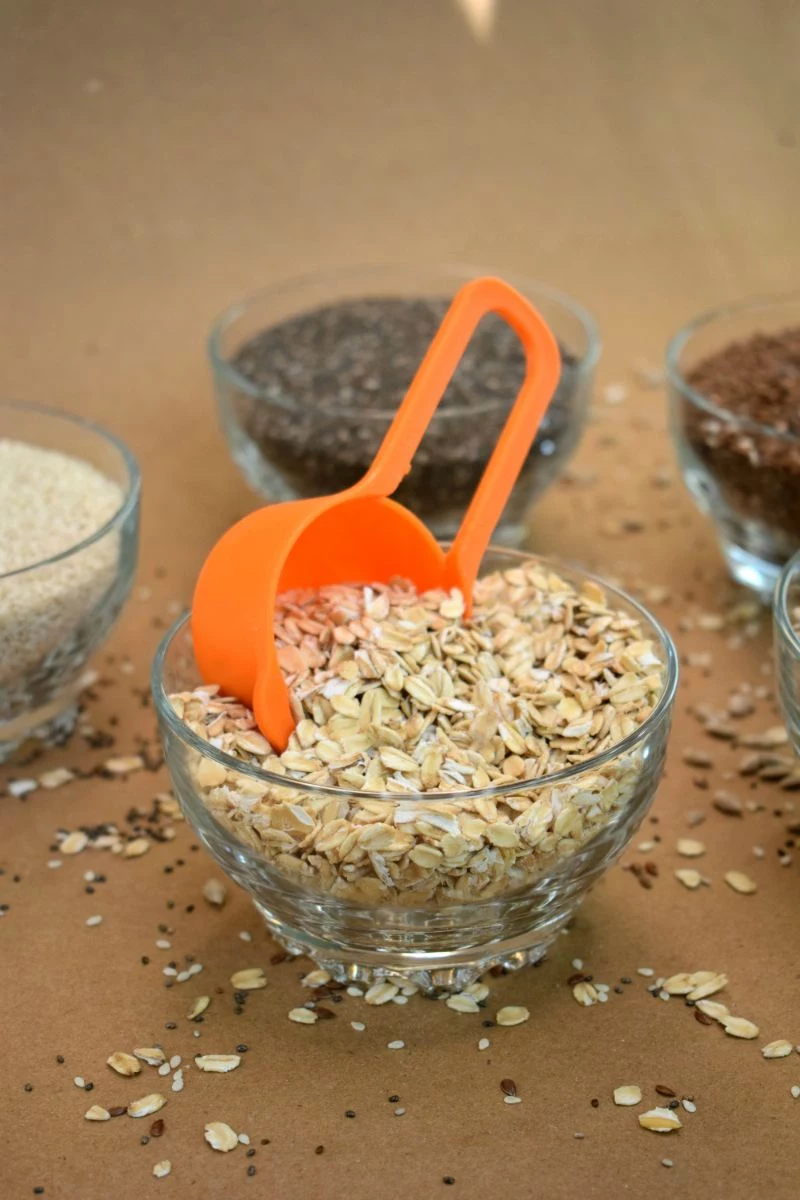
Toast your oats: Before adding any liquid, melt a teaspoon of butter or coconut oil in your pot over medium heat. Add the dry oats and stir for 2-3 minutes until they release a fragrant, nutty aroma. This simple step deepens their flavor profile, adding a layer of complexity that water and heat alone cannot achieve.
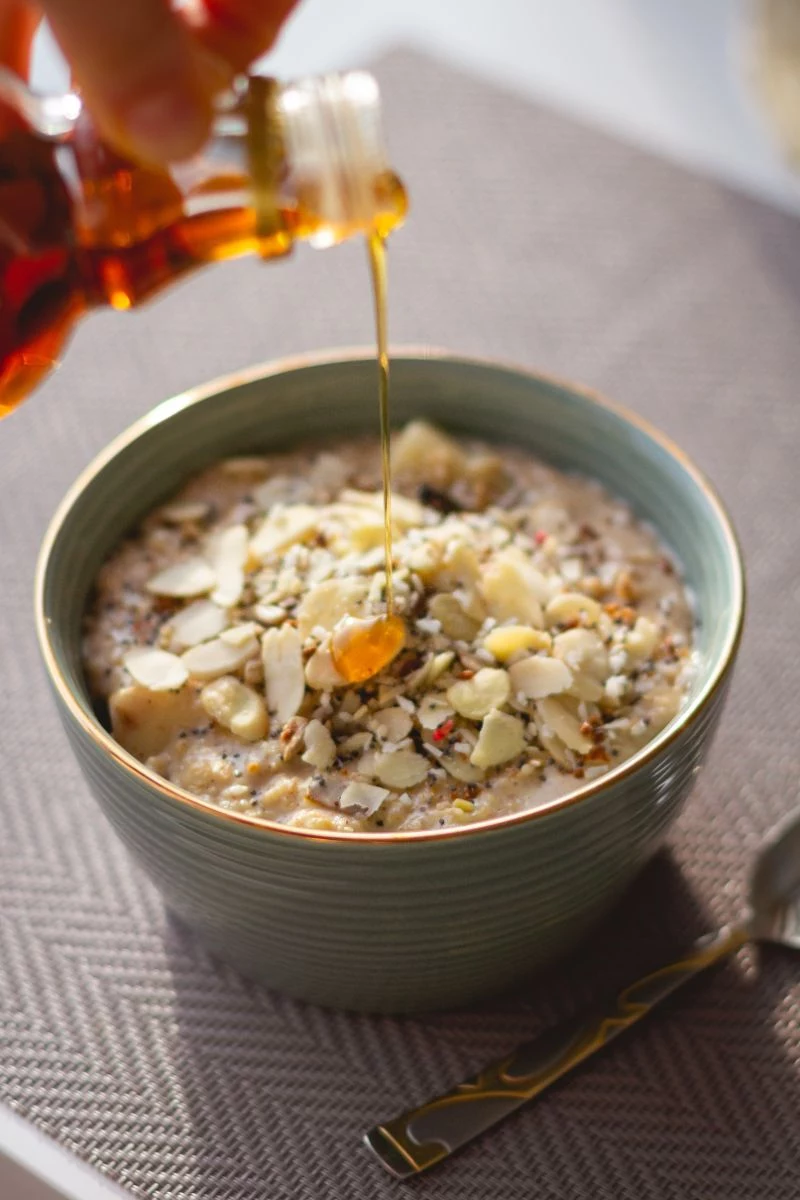
Upgrade your ingredients for a truly superior bowl. While standard oats are fine, splurging on a brand like Bob’s Red Mill can make a noticeable difference in texture and taste. Their Extra Thick Rolled Oats, for example, offer a perfect hybrid of the creaminess of rolled oats and the chewiness of steel-cut.
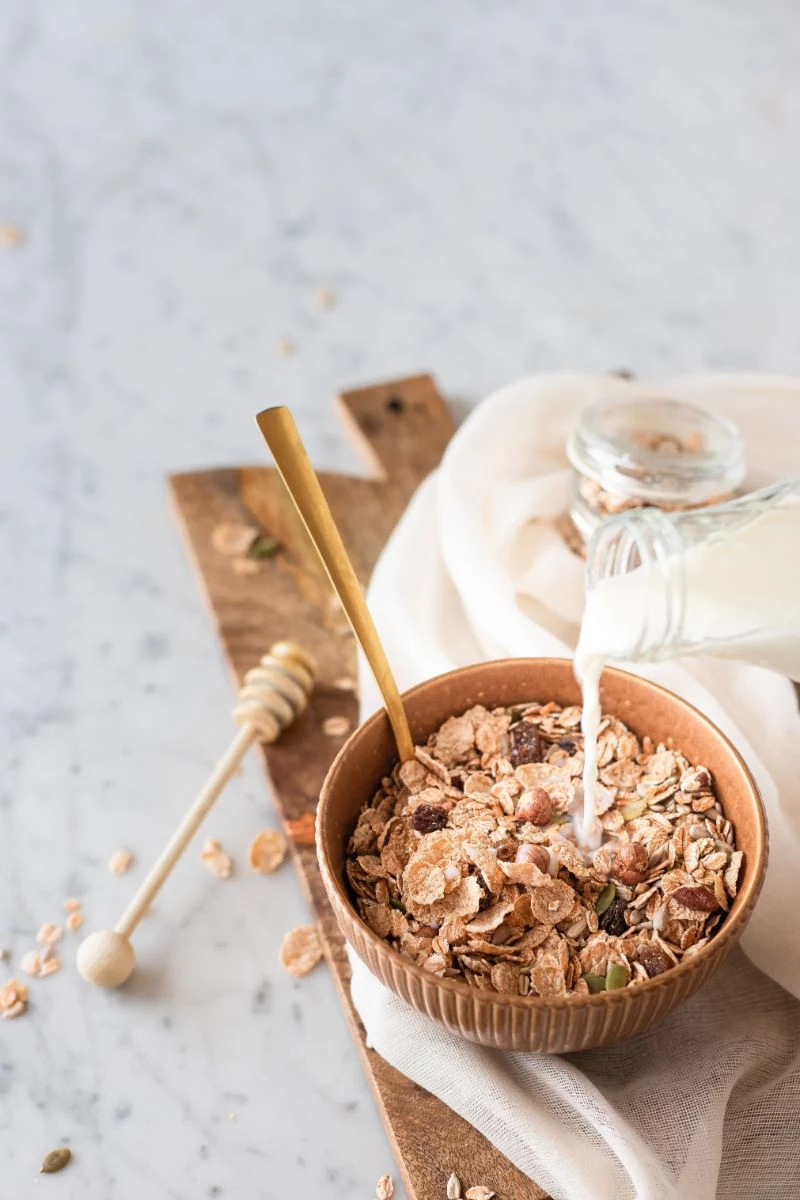
The cardinal rule of oatmeal: always add a pinch of salt.
It sounds counterintuitive for a sweet dish, but salt is a flavor enhancer. It won’t make your oatmeal salty; instead, it will suppress any bitterness and make the nutty, earthy flavors of the grain pop. Add it at the beginning of the cooking process.
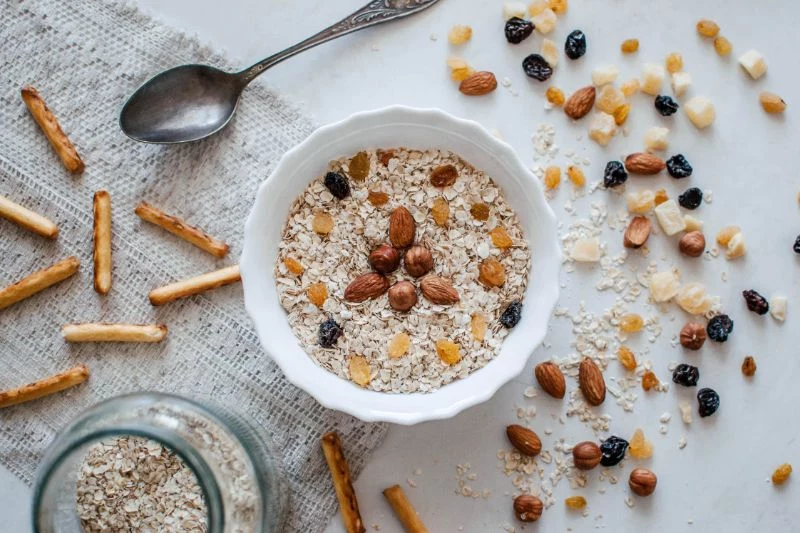
Create a DIY
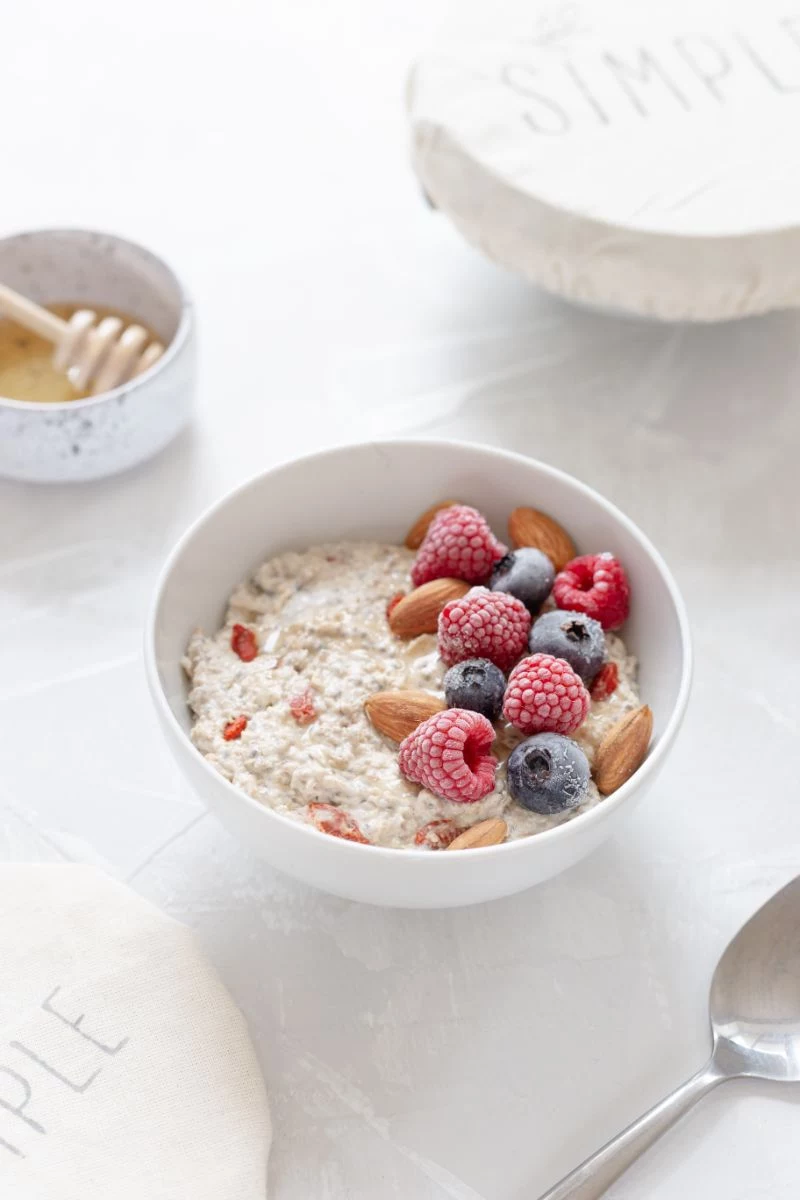
Steel-Cut Shortcut: Don’t have 30 minutes in the morning? Soak your steel-cut oats overnight. Simply combine 1 part oats with 3 parts water and a pinch of salt in a jar. In the morning, they will cook to creamy perfection in under 10 minutes.
- Don’t stir constantly. Over-agitating rolled oats breaks them down and releases too much starch, resulting in a gluey, pasty texture. Stir once or twice, then let them be.
- Don’t add fruit too early. Berries and bananas can become mushy and discolor your oatmeal if added at the beginning. Stir them in during the last minute of cooking.


